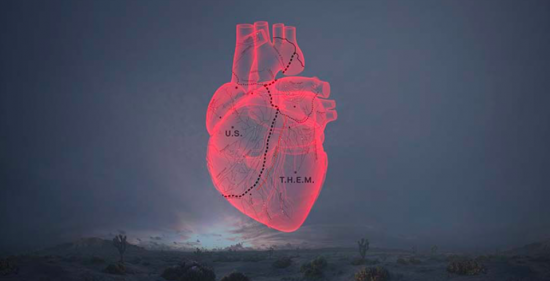Will virtual reality remain a zero billion dollar business? Not according to
Now virtual reality (VR) seems to be zero billion dollars, at least in terms of generating income. A huge amount of seemingly smart money is an investment in VR, with applications for entertainment, medicine, travel and other industries. As for entertainment and media space, each of the main studios secretly or otherwise explores VR. And also major theatrical networks, mobile phone companies, writers and filmmakers.
The issues that are considered differ in different aspects:
If the spectator can control the pace and means by which the plot unfolds, what does it do for the centuries-old foundations of the narrative? In other words, when I see Martin Scorsese’s film or I’m reading Dan Winslow’s book, I do it because I want to enjoy their ability to tell stories. I postpone my choice, and I have little if there is some fate in changing what they have created.
The cost of the VR hardware is an obstacle for many, so what about the theater model? But moving to a public place means that the vendor will need to overcome people’s perplexity about installing VR installations on them, knowing that many other people used to do it before. The theater networks have largely figured out the much less obsessive problems of 3D glasses, but the best VR equipment significantly reduces all external stimuli and, therefore, becomes quite an intimate experience. Will it be comfortable for the VR equipment to be sufficiently disinfected before I fix it?
Once all of the above problems are solved, there remains a biological reality that most people become nauseous after about 12 minutes of VR. The discrepancy between what your feelings tell you and what you are experiencing in VR are not synchronous, and the body reacts accordingly.
Despite these and various other obstacles, director Alejandro G. Inarritu presented his talents in the conceptual installation of virtual reality called CARNE y ARENA (practically present, physically invisible). His team, managing films such as The Revenant, Birdman and Babel, clearly demonstrates Isharrit’s enormous talent. For the installation, he collaborated with director Emmanuel Lubesy, whose work on Gravity almost defined the explanation. Currently, at the presentation at the Museum of Arts in Los Angeles County, the installation examines the state of immigrants and refugees. After debuting at the Cannes Film Festival and after extensive development in LACMA, the public can now experience the Inarrit vision:
Over the past four years, when this project grew in my mind, I had the privilege of meeting and interviewing many Mexican and Central American refugees. Their life stories haunted me, so I suggested that some of them cooperate with me in the project. My intention was to experiment with VR technology to investigate a person’s condition, trying to break the dictatorship of the framework in which everything is observed, and demand that the space allow the visitor to undergo direct experience, Feet, under their skin and in their hearts
The experiment lasted about 15 minutes, while the VR element averaged 6½ minutes. I was sent through a dark curtain to read the statement made by Inarrita. Then I entered the bare room, which was clearly uncomfortable. I was instructed to take off my shoes and wait. On the floor there were other shoes collected along the Mexican border. When I carefully looked at the shoes, I saw a lot of children’s shoes. The weight of experience began to grow; The border patrol requires prisoners to take off their shoes. As the cement floor seemed colder, an alarm sounded at the end, which was a signal to go through the other door. In a fairly bright room, strewn with pebbles and mud, I carefully approached two technicians. One uploaded my backpack, maybe I saved some equipment for VR processing, but, of course, that I felt more like a refugee trying to cross America. Another technician hooked up my headset and headphones and advised me to investigate everything I wanted, but move slowly.
Soon I was taken to a dusty no man’s land at dusk. I slipped through the space with a dry bunch of pebbles and dust under my toes, the coldness of my bare feet and the wind. Soon I realized that a group of 8 people was moving towards me. My Spanish is at best minimal, but there was no confusion with horror and screams when the border patrol descended on us. Anonymous flying horror in the focus of the helicopter and the large artillery and firepower on my face at ground level were alarmingly real.
I was basically an invisible observer.
In other words, Inarritu successfully involved me in the history and the world he created, making excellent technology almost invisible and completely absorbing me.
During the last third of the installation, I was able to look at the faces of people whose real stories were mixed with what I had just seen (survived). Since then, my recurring question remains the fact: what could Trump do from this VR experience?
CARNE y ARENA is a very successful look at how VR can integrate and transform the narrator’s vision.
This exhibition was organized by the Los Angeles County Museum of Art, Alejandro Gonzalez Inarritu and the legendary spectacle. Made possible by Arnon Milchan and New Regency.


